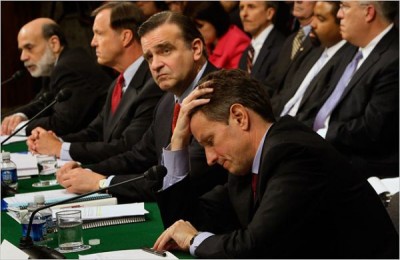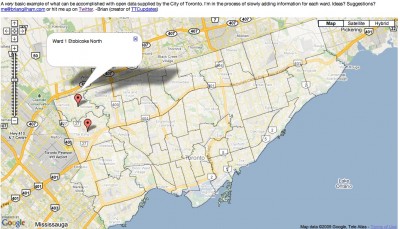Earlier in the month, I blogged about the forthcoming UK elections and on Rhizomicon, I blogged about the first-ever debate of the party leaders. In the first debate, the leader of the third-party challenging Liberal Democrats, Nick Clegg, made a strong showing. The above video is about the second debate held in Bristol on foreign affairs. Both Labour {Gordon Brown} and the Conservatives {Nick Cameron} made a point of attacking Clegg, in a bid to undermine support for the Liberal Democrats and increase the chance of obtaining a majority by winning swing ridings constituencies {districts}. Clegg seemed to hold his own. The recent polls are such that an outright majority is unlikely, unless the LibDems collapse between now and 5 May. This means that a hung Parliament is likely. The last debate will be on 29 April in the Midlands on economic policy. Get your popcorn ready. Canadians can watch on cable or online at CPAC. The other debates are archived on the link. Post a comment if you can watch them in the US or wherever you may be outside of Canada.
Twitterversion:: Second UK Debate has LibDem Nick Clegg hanging tough against Labour & Tories. Hung Parliament increasingly likely. #ThickCulture @Prof_K
Song:: The Jam-”A’ Bomb in Wardour Street’





